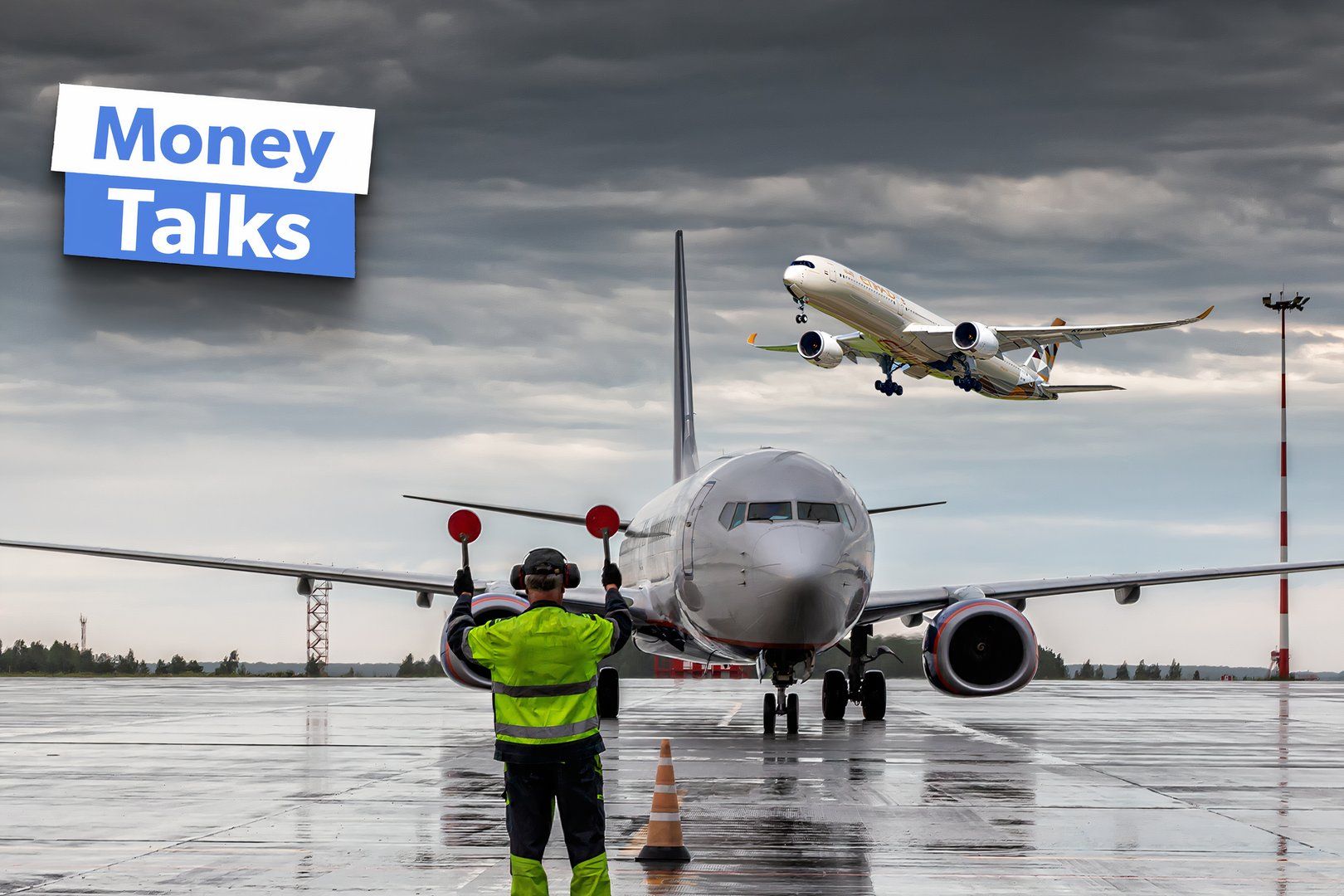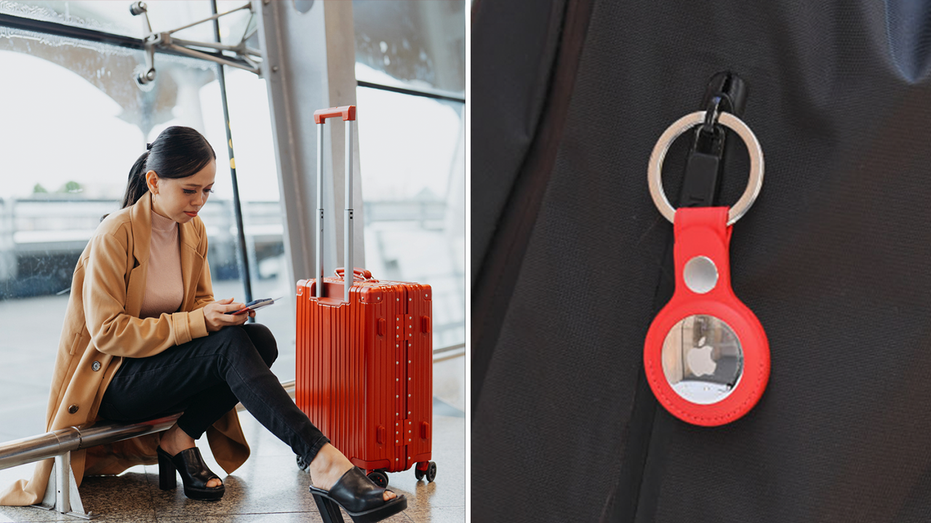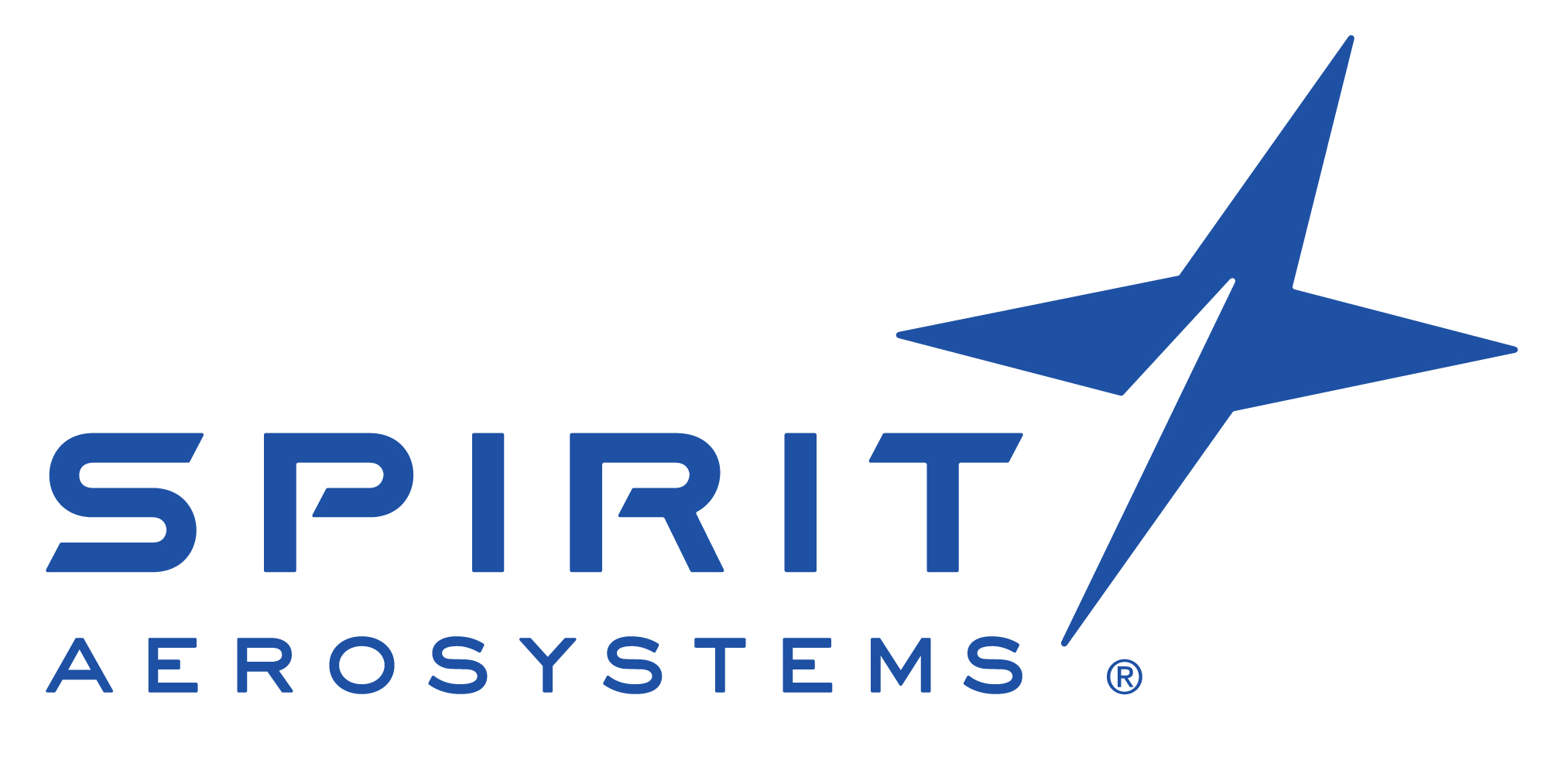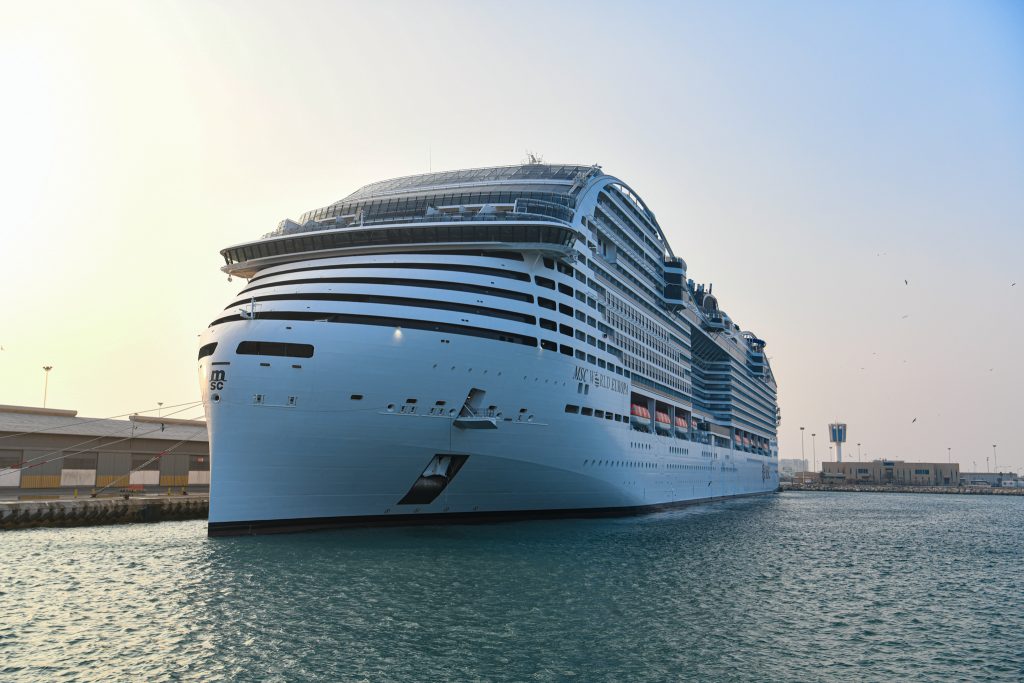Summary By managing capital efficiently, airlines can increase return on invested capital (ROIC) and drive profits. Paying attention to market structure and offering ancillary revenue options can boost airline profitability. Building a positive reputation is crucial for airlines to attract passengers and ensure long-term success in a competitive market.
In today’s competitive market, airlines must use a variety of strategies to ensure profitability. While different airlines may employ different methods, some are fairly universal and tend to be very efficient in generating overall profits. One major way airlines can make money is through capital base management to ensure a high return on invested capital (ROIC).
Airlines can accomplish this by purchasing newer aircraft and sticking to aircraft types appropriate for specific routes. Another key strategy airlines use is paying attention to the market structure and consolidating as needed to ensure profitability and healthy competition. Airlines also make large profits from ancillary revenue, such as charging for extra baggage, seat choice, and in-flight amenities.
Network privilege also helps many airlines make profits. By ensuring they can provide passengers with routes other airlines do not, carriers can monetize niches in their respective networks. Perhaps the most important way an airline can ensure profitability is by focusing on building a positive reputation.
Airline customers have many choices in today’s world, and m.

















